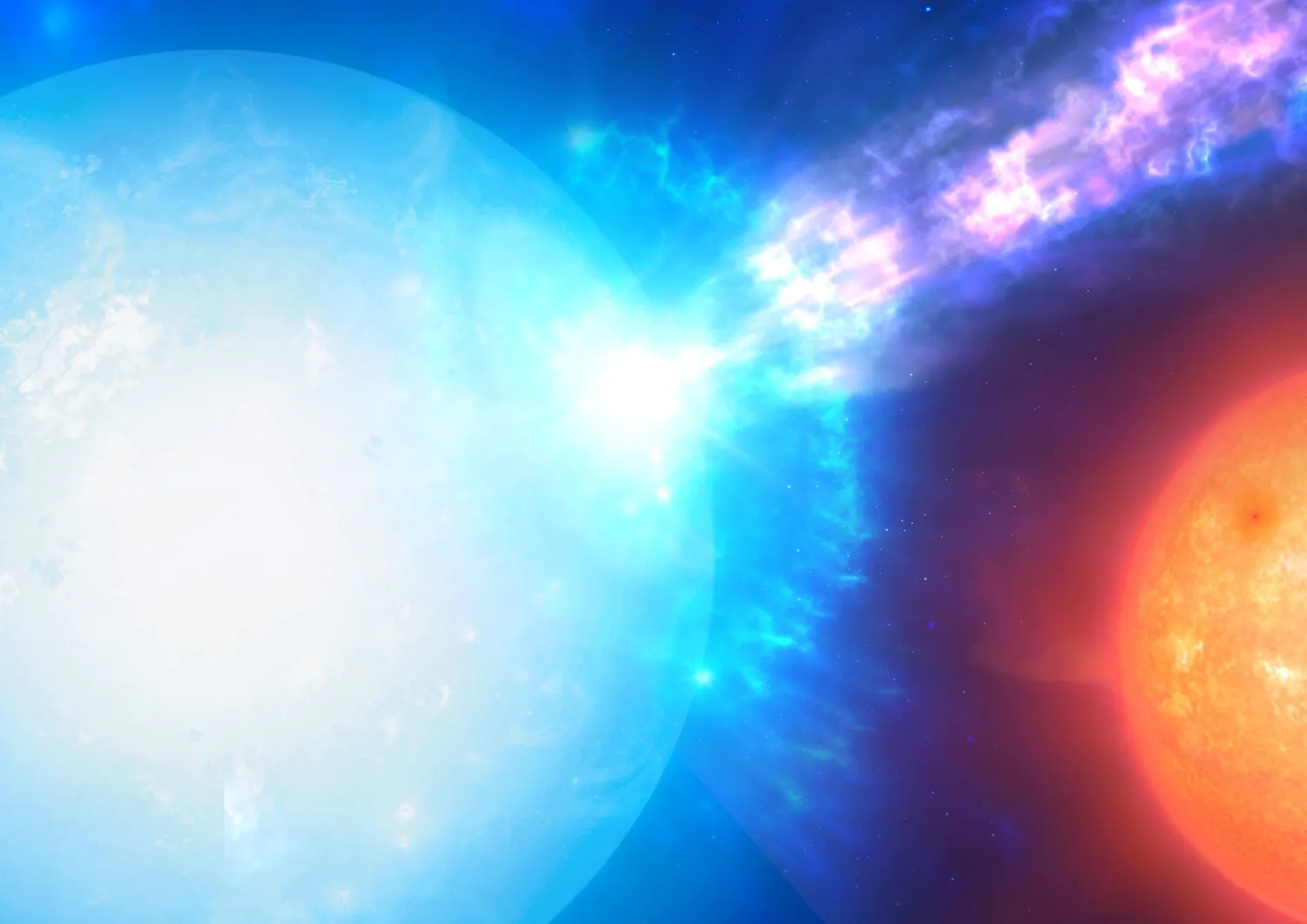Coroners need hours in crime scenes to collect information about homicides. However, the high-resolution Microcalorimeter X-ray Imaging, or Micro-X, developed by the Northwestern University and funded by the NASA, headed on a five-minute “astronomical forensic mission” to collect evidence on the death of a star.
The mission launched on August 21, on a “sounding rocket” from the White Sands Missile Range in New Mexico. According to NASA’s official website, the mission’s target of study is some 11,000 light-years away from Earth, where sits a massive bubble of radiant material known as Cassiopeia A (Cas A), a “supernova” remnant in the Cassiopeia constellation.
A Supernova is a transient astronomical event that occurs during the last evolutionary stages of a massive star, marking a powerful stellar explosion during which the star dies and throws its atmosphere in space. According to celestial calculations, the Cassiopeia A supernova reached the Earth around 342 years ago, precisely in 1680, and was discovered by astronomers in 1948. Since then, Cas A has become one of the most well-studied objects in the night sky.
To observe Cas A, Micro-X launched aboard a sounding rocket, making 15-minute forays into space. Once in space, Micro-X had about five minutes to observe Cas A, focusing on its X-ray light. Cosmic X-rays are absorbed by our atmosphere and so are only detectable from space.
“The X-ray energy spectrum is like a fingerprint revealing the composition, history, and state of the gas and ejecta from the explosion. Like forensic evidence, it gives us clues of how the death of the star came about,” explained Enectali Figueroa-Feliciano in a report published on NASA’s official website on August 19.
Though many missions have observed Cas A, the new detectors on Micro-X saw it like never before, because it has a resolution about 50 times higher than existing orbiting observatories, Figueroa-Feliciano said.







